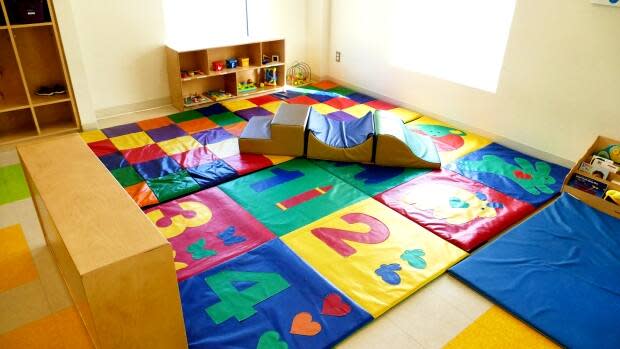Should I worry who I let into my social bubble? Your COVID-19 questions answered

We're breaking down what you need to know about the pandemic. Send us your questions via email at COVID@cbc.ca and we'll answer as many as we can. We'll publish a selection of answers every weekday on our website, and we're also putting some of your questions to the experts on the air during The National and on CBC News Network. So far we've received more than 46,000 emails from all corners of the country.
Should I be worried about bringing front-line workers into my social bubble?
Some provinces are allowing people to expand their so-called social bubbles, made up of friends and family they can be physically close to and even hug.
That has several Canadians writing to us with concerns about who they should be letting in. Brent and Kim J. are wondering if including front-line workers like doctors, nurses and grocery store employees is risky.
We spoke to a few experts who agreed the important factor to consider is how careful these workers are with reducing transmission of the virus.
"Ostracizing front-line workers is a dreadful idea," said Colin Furness, an infection control epidemiologist and assistant professor at the University of Toronto. "I'd say that people's observable behaviours around COVID vigilance matter more than their occupation."
Furness said this could include their transition from work to non-work clothes, mask-wearing, and physical distancing habits.
If there is little community spread, most front-line occupations "won't be so risky," he adds.
WATCH | Ontario residents allowed to build social bubbles of 10:
Dr. Zain Chagla, infectious disease physician at St. Joseph's Healthcare Hamilton, points out that while people have "labelled front-line workers as the highest risk of infection," it's worth considering that "it's because we tested those people much more than others."
"That shouldn't necessarily be an exclusion on principle," he added.
Of course, if somebody in the circle is experiencing symptoms, experts are encouraging them to get tested and only re-enter the bubble when they receive a negative result.
Can we still have a social bubble of 10 people if our child is in daycare with other kids?
This question comes from Melissa P., who lives in Ontario, and is wondering if the province's updated social bubble rules still apply to her family.
Ontarians can create social circles of up to 10 people, but the catch is that all 10 people need to commit to this one bubble and can't be a part of other ones.
This is causing some confusion among parents putting their children in daycare — and it's receiving different interpretations among experts.

Dr. Mustafa Hirji, medical officer for Niagara Region, said he believes sending a child to daycare would not affect the family's ability to have a social bubble of 10 people outside of that.
"My understanding is that it's not intended to include a workplace or a daycare," he said. "You may well be going to a daycare where right away there's more than 10 people and of course you're going to be over your 10-person limit. I think it's really meant for outside of those kinds of settings."
On the flip side, Chagla said there are some risks with this bubble concept.
"It assumes that everyone's contacts are relatively stable and that they're only really interacting with each other."
Chagla explains that putting a child into a congregate setting like a daycare, where there is a possible risk of exposure to a number of different people, may actually "paradoxically work against" the social bubbles.
"I think that bubble concept does break down when we get back to school or put kids in daycare," he said.
Can people in my social bubble sleep over?
With social bubbles expanding and kids going stir-crazy at home, parents like Sherri C. are asking if sleepovers are OK.
If the person sleeping over is in your bubble, the short answer is yes.
Depending on where you live, people within a social bubble are not required to physically distance from each other. So having someone from your circle sleep over is technically allowed.
Experts say the important thing is to make sure the people you let in are still taking precautions in their life outside that bubble. That means keeping a distance of at least two metres from other people, and when that's not possible, wearing a non-medical mask or face covering in public places.
"You are pooling risk, so you need to trust that those in your circle, who you will not physically distance from, are being as careful as you are in interacting with people not in your bubble," Furness said.
Thursday we answered questions about the safest way to travel.
Keep your questions coming by emailing us at COVID@cbc.ca.


